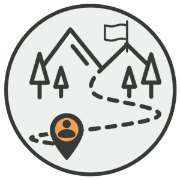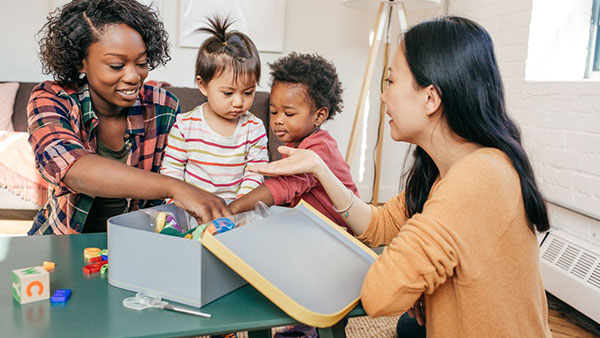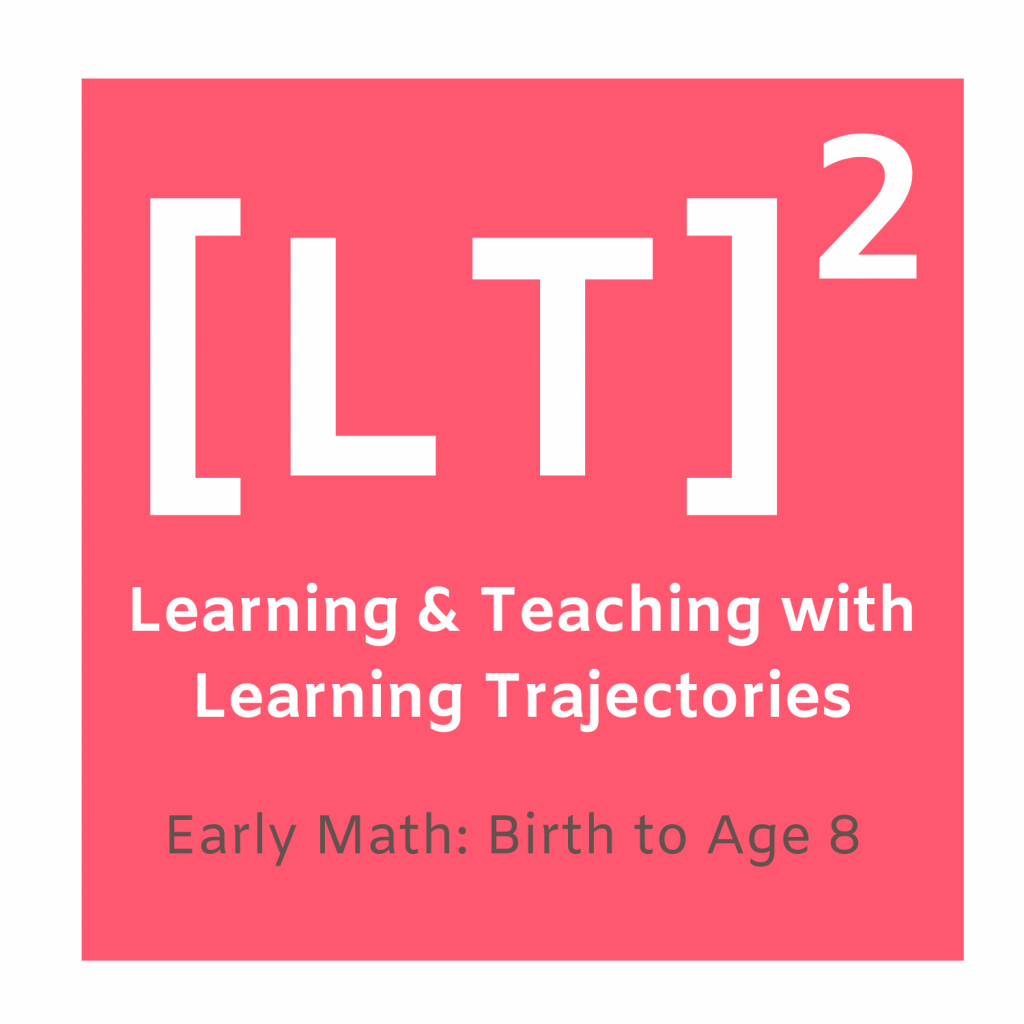Learning Trajectories
What are Learning Trajectories
Learning trajectories are the natural, predictable paths along which children’s thinking and learning develop. There are three parts:


Goal
The goal of a learning trajectory is the target – what the child will be able to do. Each goal is one in a series of subsequent goals.

Progressions
The developmental progression of skills starts at the child’s current skill level and ends at the goal, passing through intermediate goals on the way to the goal. Progressions describe paths most children follow as they develop more sophisticated levels of thinking. Think of them as a guidebook called “What to Expect When Children Are Learning”. STEMIE uses consistent terms to describe the levels of thinking across all of the learning trajectories. Check the glossary for explanations of the terms we use.

Instruction
Teaching is intentional planning and delivery of activities that help the child progress through the set of skills. Teaching must always consider the environment and the materials used, with responsive adaptations made for children with disabilities.
How to Use Learning Trajectories
Children’s thinking follows a path or a developmental progression. Start with child’s current level of thinking (everyone is different) and build on that, guiding children to move toward the next level of thinking.

Steps to Learning Trajectories
1. Consider what’s currently happening
Consider what’s currently happening. What are the child’s interests and strengths? What might be the child’s current level of thinking? When picking a topic, make sure you consider what your child can do right now and what goals you want to achieve.
2. What would you like to see happen?
What goals do you want the child to achieve? Are you working with the child’s learning and development? Or with engagement? Check out our STEM Experience Action Plan & Reflection for guidance.
3. Look up progressions
Whether you picked domains or cross-cutting concepts (CCC), activities are grouped by progressions that show levels of thinking you want to work on with your child.
4. Select experiences from the next level
Try investigations for your child’s current level of thinking AND the next level.

5. Try it out!
Are there adaptations to the environment, material, or instruction needed to ensure the child’s independence and full participation? Check out our Guide to Adaptations for ideas or for center-based settings, try out our Guide to Teaching Practices.

How this came about
STEMIE built on the work of leadership team members Doug Clements and Julie Samara who developed the math learning trajectories, and collaborated with early STEM incubators and early STEM experts to develop the learning trajectories for science, technology, and engineering. STEMIE also further refined the math LTs and developed inclusive strategies to incorporate into the investigations on Learning and Teaching with Learning Trajectories [LT]2


